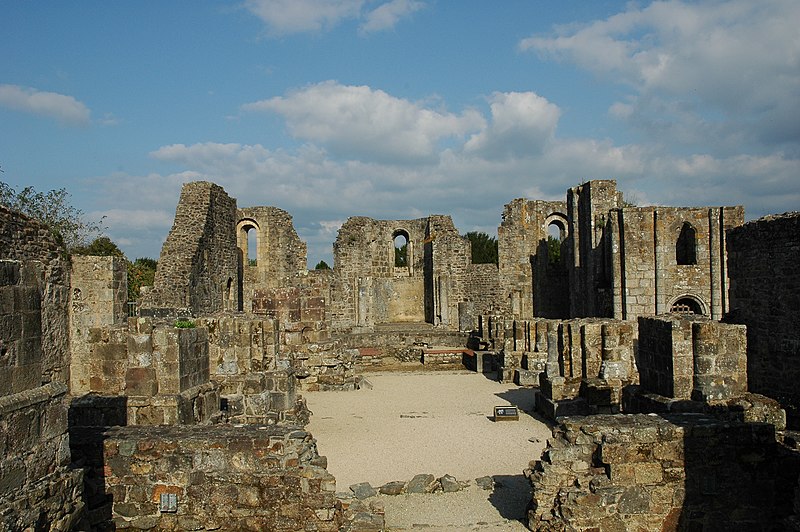St. Winwallus
Abbot of Landevennec; d. 3 March, probably at the beginning of the sixth century, though the exact year is not known. There are some fifty forms of his name, ranging from Wynwallow through such variants as Wingaloeus, Waloway, Wynolatus, Vinguavally, Vennole, Valois, Ouignoualey, Gweno, Gunnolo, to Bennoc. The original form is undistinguishable. In England the commonest are Winwalloc or Winwalloe; in France, Guenole or Guingalois.
His father, Fracan, was a British chieftain who fled before Saxon invaders to Brittany, where the saint was born. After considerable difficulty in overcoming his father’s objections, Winwallus entered the religious life under the guidance of St. Budoc on the Island of Laurels near Isleverte. After residing here for some time he determined to go to Ireland to place himself under the great St. Patrick, but was deterred by a dream in which that saint appeared to him forbidding the journey, but telling him he must soon leave St. Budoc. Accordingly he set out with eleven companions, and, after a time spent in extraordinary austerities on the Island of Tibidi at the mouth of the River Aven, finally settled at Landevennec, where he founded a monastery on a rocky headland not far from Brest. After his death many miracles were ascribed to him. His body was carried to Flanders at the time of the Norman forays. Relics were preserved at Montreuil-sur-Mer (where a church was dedicated to him under the name of St. Walow), at St. Peter’s in Ghent, and elsewhere. His tomb was to be seen in the church of Landevennec up to the beginning of the nineteenth century. The Abbey of Landevennec became Benedictine in the ninth century, and was in the hands of the Congregation of St. Maur at the final suppression. St. Winwallus’s feast is kept on 3 March, and that of his translation on 28 April. His name has been preserved in the dedications of churches in the Anglican parishes of Wonastow in Monmouthshire (where he is known as St. Wonnow), and of Gunwalloc, St. Cleer, and Landewednack in Cornwall. It was been suggested that the last-named parish got its name from some monastic dependency of Landevennec.
Acta SS., I March, 245; GAMMACK in Dict. Christ. Biog., s.v.; GUERIN, Petits Bollandistes, III, 133; ARNOLD-FORESTER, Studies in Church Dedications, II (London, 1899), 284.
Raymund Webster (Catholic Encyclopedia)








